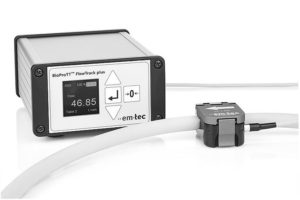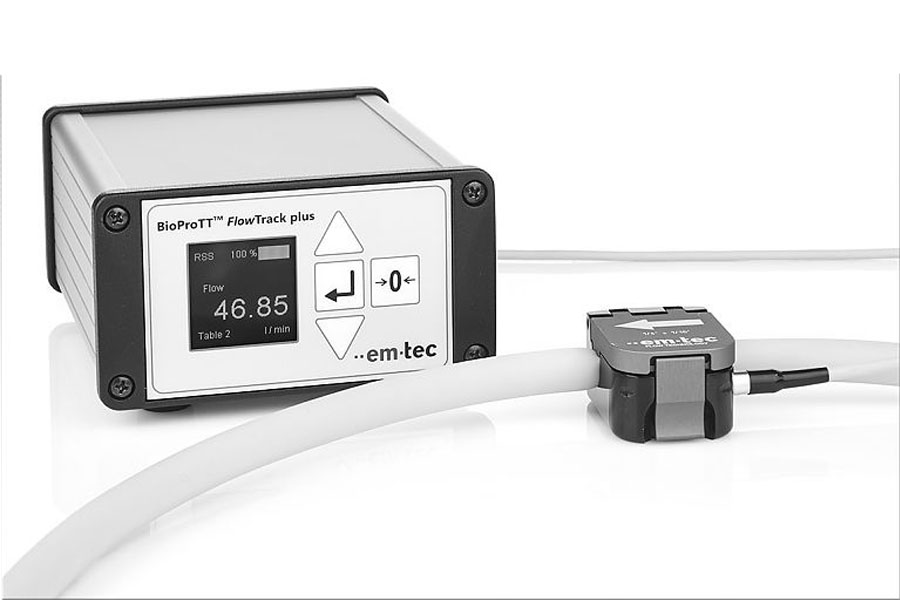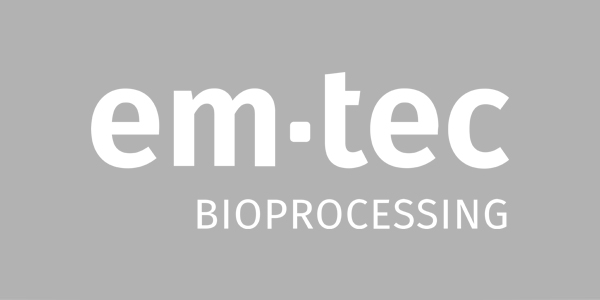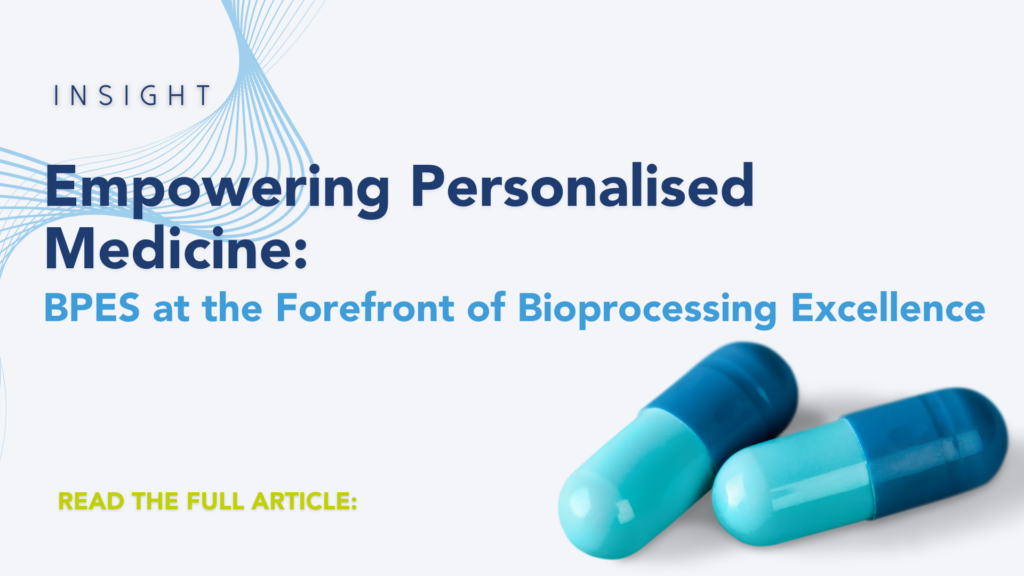
Is the future non-invasive?
Sean Doran looks at the BioProTT non-invasive flow meter by Em Tec

The adoption of single-use technology has positively changed both the efficiency of biopharmaceutical production and development as well as the energy expense associated with it, however challenges still remain. Despite an overall positive environmental impact when compared to use of traditional stainless steel equipment, utilisation of single-use consumables and disposable flow-paths still generate a significant amount of plastic waste which must be safely incinerated. Moreover, in order to maintain sterility of single-use consumables, in-line sensors usually come already integrated into the flow path, and consequently are disposed of along with the single-use flow path. This not only contributes to the waste generated from the process, but also contributes to the overall costs. Could integrating non-invasive multiple-use sensors be a solution?
The problem
For a number of years, the biopharmaceutical industry has trended away from use of traditional stainless steel systems in favour of disposable single use plastics. In fact, modern biotech and biopharma infrastructure is often no longer compatible with some of the traditionally power intensive equipment such as large scale autoclaves. On the other hand, single use technologies such as in the form of bioreactors, centrifuges, mixing systems, and flow paths do not require the extensive in-house treatments, steam-in-place (SIP) and clean-in-place (CIP) protocols of their stainless steel counterparts. This not only demands significant man-hours, but also electricity, and storage space for raw materials. Widespread adoption of single-use technologies has also led to a decrease in process downtime, as well as reducing the risk of cross contamination, while also increasing the overall flexibility of processes possible at manufacturing facilities.
The solution
The BioProTT non-invasive flow meter by Em Tec is a single-purchase-multiple-use device that can be integrated into any single-use setup without the need for product contact. The flow meter consists of a clamp on the transducer that clasps onto most types of flexible tubing of predetermined size. Two pairs of piezo ceramic transducers arranged in an X configuration measure transit-time differences of ultrasonic waves up and down the stream of flow over the cross section of tubing. Ultrasonic signals sent along the direction of flow (downstream) are received faster than signals sent against the direction of flow (upstream), with the severity of the difference proportional to the volumetric flow rate. An evaluation device attached to the sensor receives the resulting data and calculates the flowrate to an extremely high level of accuracy. Scaling from research laboratory to cGMP, BioProTT flow meters can be integrated at any level of process development or manufacturing. Data output can either be read at-line or brought online and assimilated into a pre-existing process management or monitoring system.
Em Tec flow meters represent a family of devices that not only compliments the benefits of single-use technology but also augments it with further cost and waste saving potential. As the demand for greater process flexibility and yield within the biopharmaceutical industry continues to grow, the costs, not to mention the environmental impact of in-line disposable sensors is sure to increase as well. Could further developments of multi-use non-invasive peripherals such as the Em Tec BioproTT have a part to play in minimising this impact?

Article by:
Sean Doran
Technical Sales Specialist
E. sdoran@bioprocess-eng.co.uk








